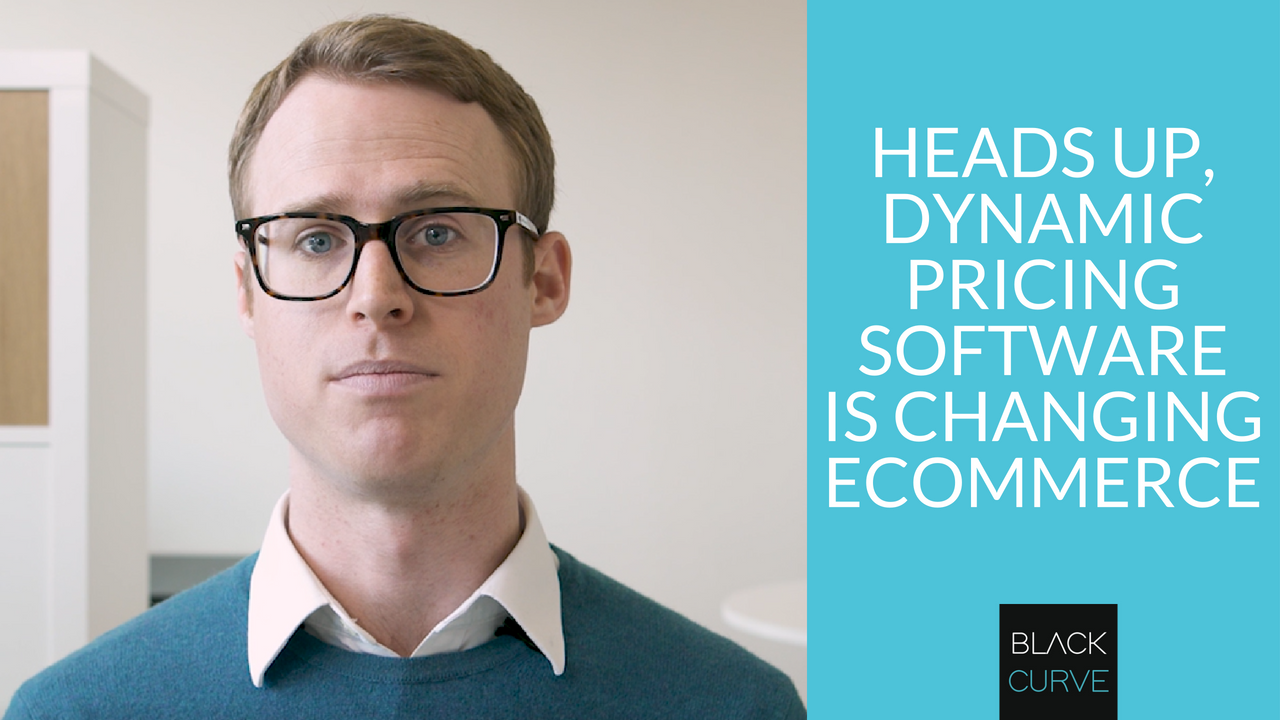
In his article "How to Implement Dynamic Pricing without Sacrificing Margins or Customers”, Arie Shpanya confirms what we probably already knew, that Amazon is still the reigning champion of dynamic pricing.
Amazon are able to capture their huge market share by intelligently lowering their prices in order to compete in real time with other retailers. The world’s largest online retailer tweaks countless prices every day.
However, an increasing number of retailers are following Amazon’s lead and are beginning to implement dynamic pricing strategies in order to remain in the game.
If you are considering dynamic pricing you will probably be concerned about sacrificing your margins and it can become a bit of a tight rope walk to find the middle ground.
So, in order to avoid any pitfalls, Arie believes that you should always use clean, competitive data, test your prices to determine your optimal price and be dynamic, not discriminatory, i.e. let the market and your internal business strategy determine your optimal price.
One huge advantage of dynamic pricing is the ability to maximize your profits with each customer.
If initial demand for your product is low or you need to get rid of stock, you can lower your prices to generate interest. If demand is high, you can increase your prices.
You will, however, always need to rely on good technology to implement a dynamic pricing strategy: without the use of advanced ecommerce price comparison software it will be nigh on impossible to optimise your prices and to ensure that your lowest price isn’t lower than what you can afford.
Benefits of Dynamic Pricing
Harri Daniel, writing for “Benefits Of” states that dynamic pricing is “vital for maximising profits and it has become prevalent in most industries nowadays.”
He believes:
- It can stimulate demand by leveraging supply.
- Dynamic pricing enables producers to price their products depending on current market demands, allowing them greater potential for profits.
A lower price should result in a greater volume of sales and can often boost lacklustre sales to meet revenue goals. You can remain competitive and move stock quickly when needed. - Dynamic pricing usually comes with automated tools for price optimisation so is easy and quick to implement.
- It offers your business essential real-time data concerning current market conditions. This allows you to immediately observe the effects of your marketing and sales strategies – and the ability to fine-tune where necessary. It also offers a warning signal when demand is falling for certain products.
If your nearest competitor has a significantly higher price it can give your prices a boost too. Dynamic pricing is a way to maximise profit and revenue no matter what the circumstances.
Angelica Valentine, writing about the pros and cons of dynamic pricing, believes this strategy is actually a way to take control of demand and get your sales back to where they should be.
“It does always have a big impact on retailers” she says. She believes that the solution to remaining competitive is pricing automation software.
Angelica goes on to report that Forrester Research estimates that price optimisation software improves gross margins by 10% and, on average, dynamic pricing boosts profits by 25%.
She recognises that many retailers fear that consumers will resent this new pricing strategy and choose to shop elsewhere; however, she points out that pricing software can set repricing rules to ensure that prices always match brand identity.
Although some retailers fear a margin-depleting price war, dynamic pricing software allows them to set floor prices to ensure that their prices never go below a certain level and they never sell below cost.
Rise of Dynamic Pricing
Tim Walker writing in The Guardian last November recognises that consumers are becoming more comfortable with the idea that prices online can fluctuate, often several times a day.
“Sports teams, entertainment venues and theme parks have started to use dynamic pricing methods, too, taking their cues from airlines and hotels to calibrate a range of ticketing deals that ensure they fill as many seats as possible.”
“In five years, dynamic pricing will be common practice in the attractions space,” says Digonex’s CEO, Greg Loewen. “The same goes for many other industries: movies, parking, tour operators.”
Ariel Ezrachi, Director of the University of Oxford Centre for Competition Law and Policy, says “dynamic pricing is simply a way for businesses to respond nimbly to market trends, and thus is within the bounds of what consumers already accept as market dynamics.”
If you are a smart retailer you already understand that your customers are regularly comparing your prices with your competitors. When dynamic pricing is implemented correctly it appeases those customers by offering optimised prices in accordance with your brand - without killing your margins.
With the help of data cleaning and price testing, retailers can grow to be as competitive as Amazon – and still turn impressive margins. What’s stopping you from implementing a dynamic pricing strategy?
Related posts
6 Core Elements of Dynamic Pricing
Heads Up, Dynamic Pricing is Changing Ecommerce
Dynamic Pricing can Save Your Ecommerce Company
Is this the Golden Age of Pricing?
How to Implement Dynamic Pricing without Harming your Bottom Line


